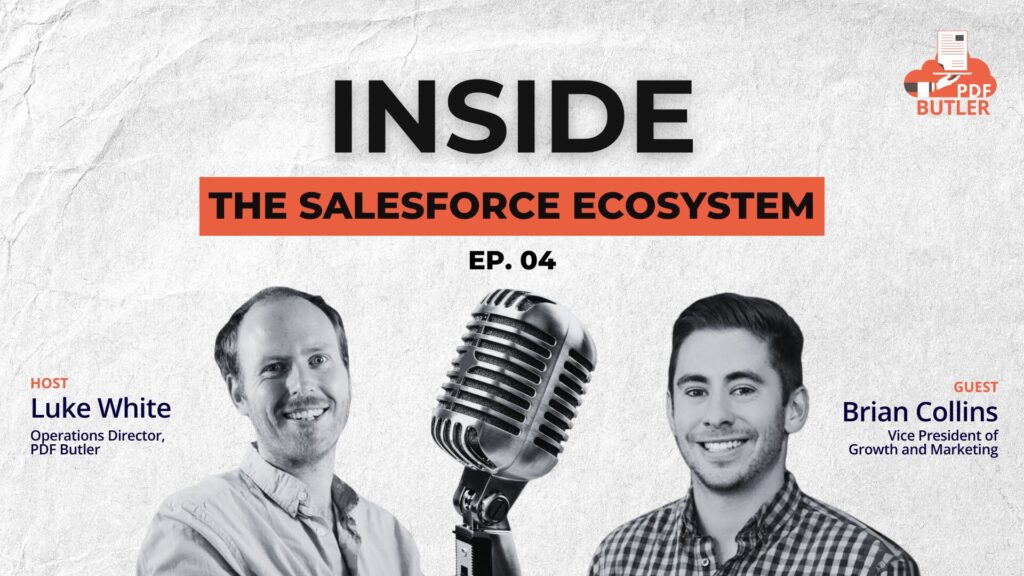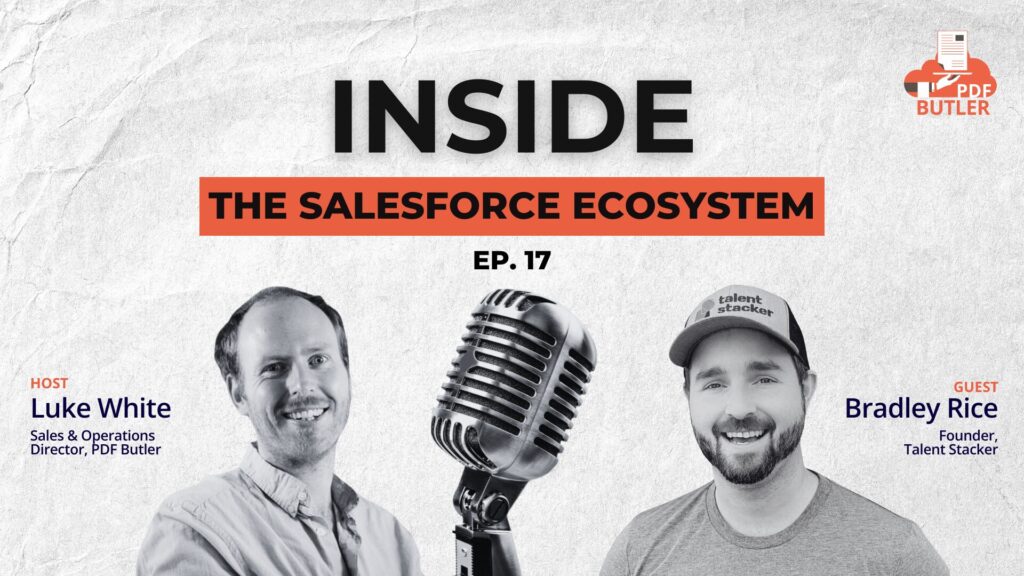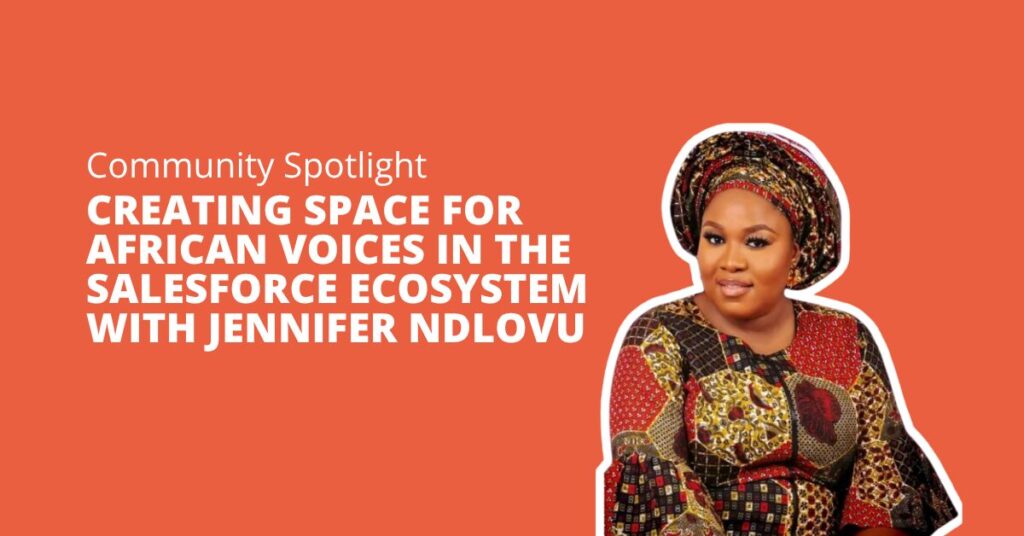Welcome to the 4th episode of Inside the Salesforce Ecosystem, where we highlight inspiring professionals shaping the Salesforce community.
This time, we’re joined by Brian Collins, Vice President of Growth and Marketing at Pimly. Brian shares his journey, insights into product innovation, and advice for thriving in the Salesforce ecosystem.
Q: Can you introduce yourself and your role at Pimly?
Brian: My role at Pimly is VP of Growth and Marketing. I was one of the early employees—either the third or fourth—so I’ve been part of most of our go-to-market activities. That spans sales, marketing, demand generation, and partnerships, which are a very important part of our strategy within the Salesforce ecosystem.
Q: For those unfamiliar, what is Pimly, and why is it a game-changer for businesses?
Brian: Pimly is the first B2B product information management (PIM) solution built directly on Salesforce. A PIM manages a company’s commercially ready product information—things like size, descriptions, images, and videos—and ensures this data is accurate across sales channels.
What sets Pimly apart is its native integration with Salesforce. Traditionally, PIMs are standalone systems that require integrations with CRMs. Pimly removes that complexity by embedding product information into Salesforce, making it accessible across all Salesforce clouds. This unified approach helps businesses scale, create tailored marketing journeys, and improve sales effectiveness.
A key advantage of Pimly is that it allows businesses to centralize their product data while ensuring accuracy and consistency across various departments. Imagine a salesperson needing the latest product specs or a marketing team creating campaigns with up-to-date visuals—Pimly ensures everyone is working with the same, reliable information. This reduces errors, speeds up processes, and improves collaboration across teams.
For businesses managing complex product portfolios, like manufacturers or distributors, Pimly’s ability to integrate seamlessly with Salesforce makes it easier to deliver personalized customer experiences. For example, Pimly enables dynamic, data-driven product recommendations in Salesforce Sales Cloud or tailored marketing campaigns in Marketing Cloud. The efficiency gains and enhanced customer experience make it a powerful tool for any product-focused organization.
Q: What industries or businesses benefit most from Pimly?
Brian: Our sweet spot is B2B companies that manufacture physical products and use Salesforce as a strategic tool within the business. Industries like manufacturing, medical devices, and consumer packaged goods (CPG) are great fits for us. These sectors deal with complex product portfolios and need a robust system to manage and leverage their product information effectively.
Q: How did you first get involved in the Salesforce ecosystem?
Brian: I first entered the ecosystem as a customer, implementing Salesforce twice in two different capacities. The most significant time was at a company selling video software in the education space. We used Salesforce as a true distribution asset, which exposed me to its full potential. Before that, I thought of Salesforce as just a CRM. And that’s where I started to learn, what it can actually do and how different customers are using it. That experience showed me how transformative it can be, and it ultimately led me to Pimly.
Q: What do you see as Salesforce’s biggest advantage compared to other SaaS ecosystems?
Brian: It’s the ecosystem itself. Salesforce has built a unique landscape with ISVs, SIs, and consultants all working together. This collaboration allows businesses to create tailored solutions that meet specific needs. For example, Pimly integrates seamlessly with partners like PDF Butler to generate product PDFs, which adds value for our mutual customers.
Q: What’s been the most effective growth strategy for Pimly?
Brian: Three strategies stand out.
First, traditional inbound demand creation—build something people want and market it well. Second, leveraging Salesforce events. Salesforce does an incredible job with their event ecosystem, which has helped us gain visibility and connections. Third, using buyer intent data to identify interested customers before they reach out to us. Tools like G2 Crowd and Full Context AI have been instrumental in this approach.
Q: What advice would you give to someone looking to break into marketing at a Salesforce ISV?
Brian: Just get started. Doing creates information, which helps you make better decisions. Specifically, in the Salesforce ecosystem, understand your audiences. You’re marketing not just to customers but also through Salesforce and consultants. Tailor your messaging for each audience, and make sure you’re showcasing your wins to the right teams within Salesforce and the partner network.
Q: How do you maintain work-life balance?
Brian: For me, work is energizing—almost like a hobby—but it’s important to unplug. I play soccer weekly, which helps me reset and enter a flow state. At Pimly, we also focus on having fun at work. You won’t attend a Pimly all-hands without laughing, and that makes a big difference.
🔥 Rapid-Fire Questions
PIM or CRM?
Brian: PIM, but one doesn’t exist without the other.
LinkedIn scrolling or podcast listening?
Brian: Podcast listening.
Mountain hiking or city exploring?
Brian: Mountain hiking.
Soccer or American football?
Brian: Soccer—100%. Arsenal is my passion.
Data analytics or creative campaigns?
Brian: Data analytics. In SaaS marketing, understanding and leveraging data is essential.
Thank you, Brian, for sharing your journey and insights!
Stay tuned for more episodes of Inside the Salesforce Ecosystem as we continue to spotlight inspiring Trailblazers.



